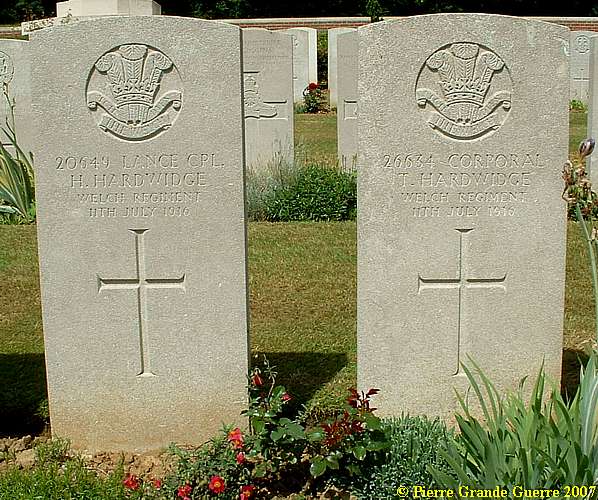SOMME BRITISH Sector - Mametz Wood
Years of visit: 2005, 2007, 2011

From Contalmaison we continue to Mametz Wood, where the battle was finally a Welsh succes after 8 days of fighting from 8 to 16 July 1916, with 5.000 losses. We start with a panorama of Death Valley and Mametz Wood.
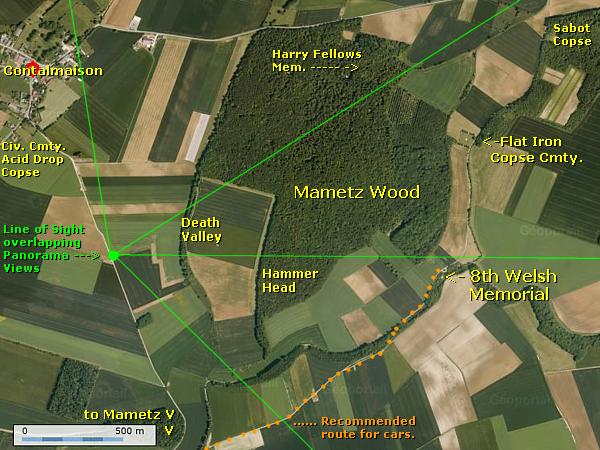


Mametz Wood.
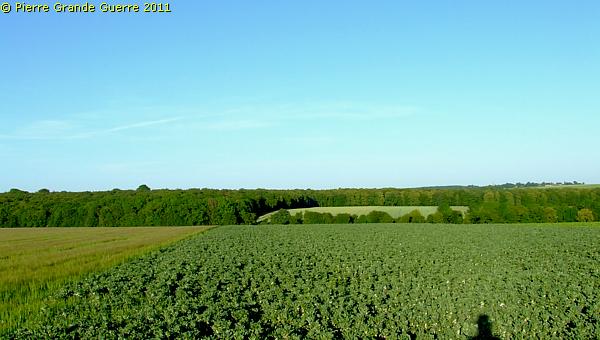
View south-eastward.
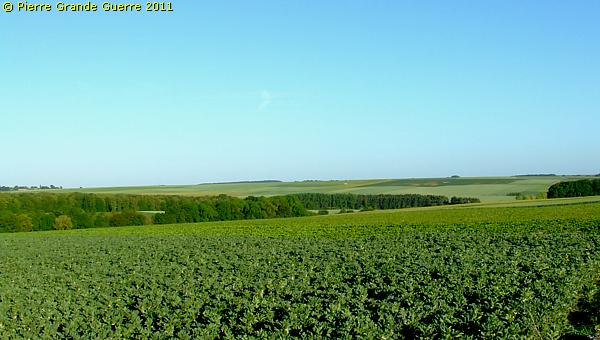
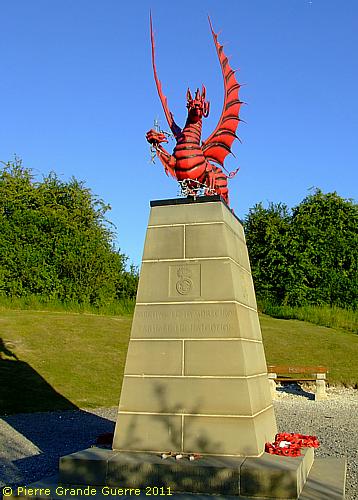
The Welsh 38th Division at Mametz Wood

From 8 until 12 July the Welsh 38th Division launched a series of attacks concentrated on the horseshoe around Mametz Wood and Death Valley. At dawn of 14 July, a short concentrated bombardment at 3.00 A.M., a new tactic, surprised the German defenders.

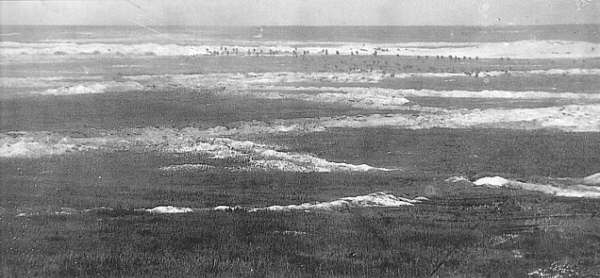
The rest of Mametz Wood was captured in the night of 15 to 16 July by the 62nd Brigade of the 21st Division. During this action the 21st Division lost another 1,000 men. After this battle on 16 July, it gained some 6,000 mtrs. of the second German defense line.
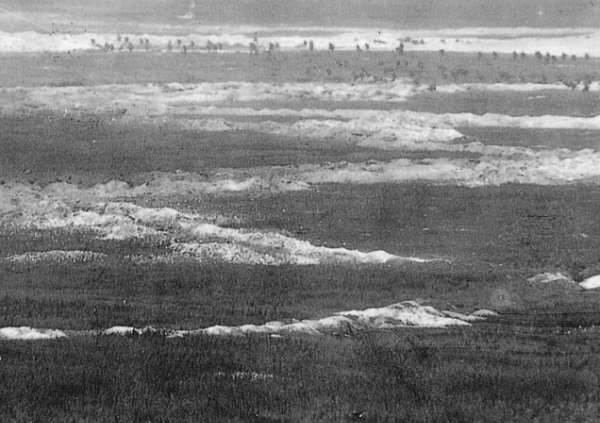

The 38th Welsh Division attacked from this hill slope towards the wood and it lost 4,000 Welshmen in this valley, south-east of the wood.
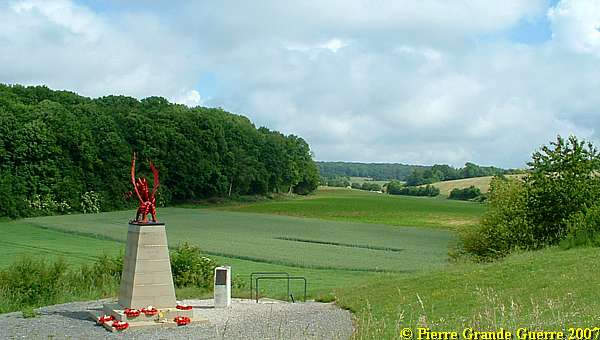



We continue over the country road through this valley northward.

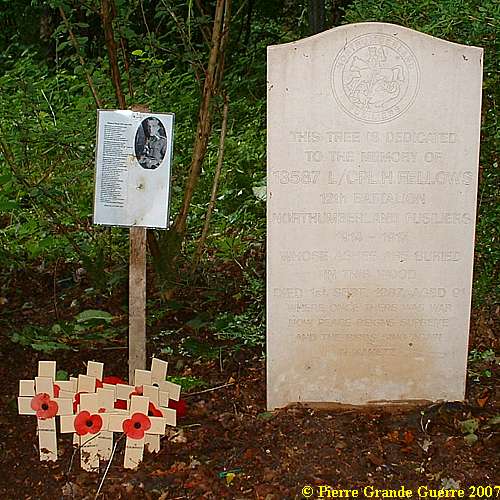
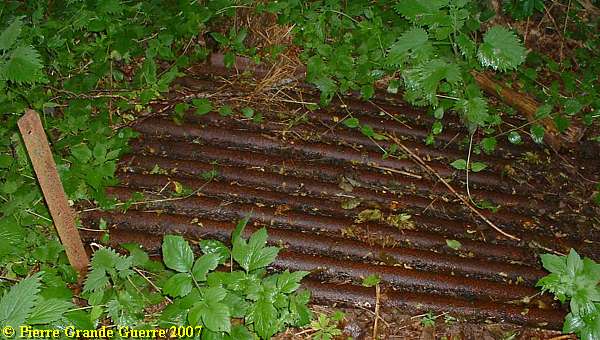

Flatiron Copse was the name given by the army to a small plantation a little to the east of Mametz Wood. The ground was taken by the 3rd and 7th Divisions on 14 July 1916 and an advanced dressing station was established at the copse. The cemetery was begun later that month and it remained in use until April 1917. Two further burials were made in August 1918 and after the Armistice, more than 1,100 graves were brought in from the neighbouring battlefields and from smaller cemeteries, including:- CATERPILLAR CEMETERY, MONTAUBAN, in "Caterpillar Wood". It contained the graves of 21 soldiers from the United Kingdom who fell in July 1916, and of whom 12 belonged to the 6th and 7th Gordons. CROSS ROADS CEMETERY, BAZENTIN, near the cross-roads at the North end of Bazentin-le-Grand. Here were buried 15 soldiers from the United Kingdom and four from New Zealand, who fell in 1916-1917. MAMETZ WOOD CEMETERY, outside the Western edge of Mametz Wood, in which 18 soldiers from the United Kingdom were buried in 1916. QUADRANGLE CEMETERY, BAZENTIN, between Bottom Wood and Mametz Wood, named from a small rectangular copse. Here were buried, in 1916, 32 soldiers from the United Kingdom and three from Australia, of whom 22 were artillerymen. VALLEY CEMETERY, MONTAUBAN, between the Briqueterie and Maltzhorn Farm, in which 72 soldiers from the United Kingdom were buried in August and September, 1916. VILLA WOOD CEMETERIES No.1 and No.2, CONTALMAISON, near a small copse North of Mametz Wood. They contained the graves of 62 soldiers from the United Kingdom who fell in 1916. Almost all the concentrated graves are those of men who died in the summer and autumn of 1916. There are now 1,572 Commonwealth servicemen of the First World War buried or commemorated in this cemetery. 420 of the burials are unidentified but there are special memorials to 36 casualties known or believed to be buried among them, and nine buried in Mametz Wood Cemetery whose graves were destroyed by shell fire. The cemetery was designed by Sir Herbert Baker.
Source : Commonwealth War Graves Commission

